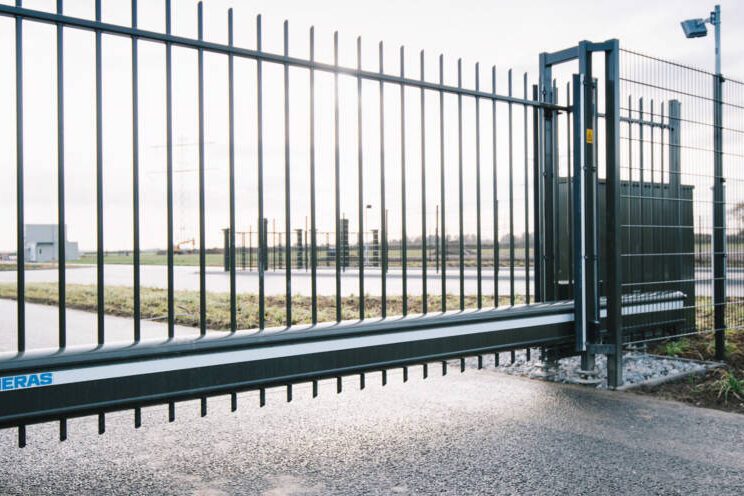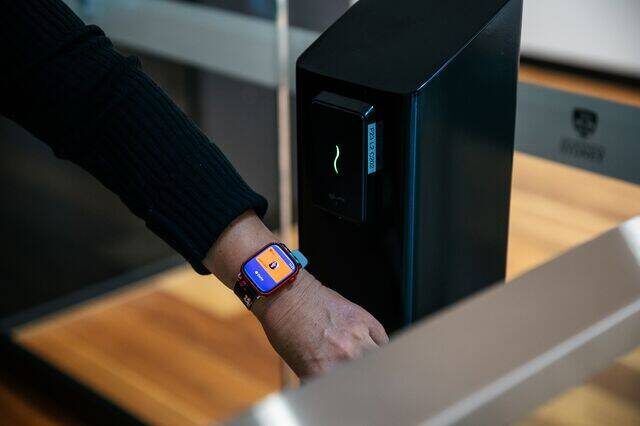Examining the Advanced Cybersecurity Capabilities of Arecont Vision Megapixel Cameras
Arecont Vision leads the way in megapixel video. We are a U.S. company with headquarters, R&D, and manufacturing in the Los Angeles, California area. A major area of concern for our customers today is often around cybersecurity.
Verisign, a Virginia-based infrastructure and security company, reported in 2016 that the frequency of cyberattacks is increasing by 75% year over year [see https://goo.gl/tHVZKR].
The sophistication of cyberattacks and the types of devices involved are both increasing in number and evolving in complexity. Consider the attack on Krebsecurity.com and France-based Internet hosting firm OHV in September of 2016. Instead of traditional IT devices, this attack involved over 140,000 network cameras and digital video recorders (DVRs) [see https://goo.gl/Df4Mkr]. The devices were transformed into robotic attackers or “bots” by an infection of Mirai malware. The devices were used in repeated Distributed Denial of Service (DDoS) attacks, keeping the targeted websites so busy that they were unable to respond to legitimate user requests.
With the Internet of Things (IoT) growing in use across cameras, appliances, industrial machinery, vehicles, and smart home technology, DDoS-style malware has many more devices to both target and launch cyberattacks from than ever before.
In October 2016, a well-publicized DDoS attack impacted up to 85 web services for an eleven-hour period. Users across parts of North America and Europe were unable to access Amazon, the Financial Times, Netflix, PayPal, Reddit, Spotify, Twitter, and several other well-known services. Beyond the impact on user convenience, an estimated $100M USD loss in revenue resulted from the attack, leading to both the FBI and Homeland Security became involved in the investigation.
Impersonation attacks are also on the increase, and the FBI has estimated that they have resulted in $3B USD in losses over the past three years [see https://goo.gl/P7nW46]. This type of attack is often instituted unknowingly by a user inside the network clicking on a malicious link from an email. The list of attacks that such an action can invoke seems endless.
Governments and law enforcement agencies are also impacted. Prior to the Trump Presidential Inauguration on January 20, 2017, the Washington Post reported that 70% of the video cameras across the U.S. capital were infected with ransomware. 123 of 187 network video recorders (NVRs) had their
data encrypted by the infection [see https://goo.gl/NkuKGW].
Other network-enabled cameras and DVRs have been reported in the media to secretly connect to sites in China. Data, video, and images have reportedly been uploaded to these remote locations without the consent or awareness of the user [see https://goo.gl/QAzl04 and https://goo.gl/MWJ35T]. Other cameras have been infected with malware within seconds of being connected [see https://goo.gl/pu8fA0], or are easily hacked [see https://goo.gl/PtHq7r and https://goo.gl/yrvstv] as long ago as 2014.
Arecont Vision is committed to providing cybersecurity protection for IP network cameras, and this white paper examines the unique cyber benefits of Arecont Vision cameras, the nature of the attacks, and recommendations for our customers.
[su_button url=”https://www.arecontvision.com/whitepapers/” target=”blank” style=”flat” background=”#df2027″ color=”#ffffff” size=”10″ radius=”20″ icon=”icon: arrow-circle-right”]Click here for more information on Arecont Vision [/su_button]









